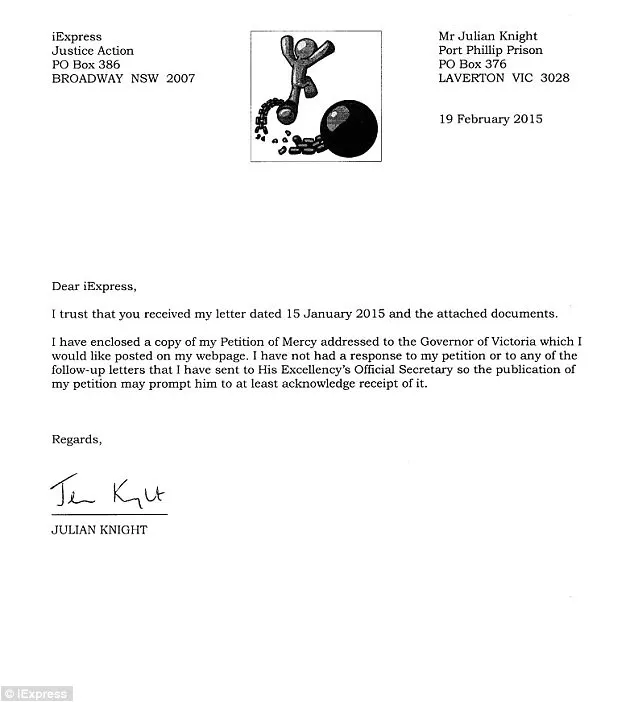What Is a Poetry Cover Letter?
A poetry cover letter is a concise and professional document that accompanies your poetry submission to literary magazines, journals, or contests. It serves as your introduction to the editor or the selection committee. It offers a glimpse into your background and provides context for your work. Unlike a resume, a poetry cover letter focuses on your writing and your connection to the publication you are submitting to. It is a chance to make a positive first impression. It is more than just a formality. It demonstrates your respect for the publication and showcases your seriousness as a poet. A well-crafted cover letter increases your chances of acceptance.
The Importance of a Cover Letter for Poetry
In the competitive world of poetry publishing, a cover letter can significantly boost your chances. It is your opportunity to create a personal connection with the editor. It humanizes your submission and provides a context that the poem itself may not fully convey. It allows you to highlight your relevant experience. It showcases your knowledge of the publication and your understanding of its aesthetic. This demonstrates that you’ve taken the time to research and align your work with the publication’s values. A thoughtful cover letter indicates your professionalism and respect for the editorial process. Many editors consider a cover letter a crucial part of the submission package and often read it before they even look at the poem. A well-written cover letter makes your work stand out from the crowd.
Essential Components of a Poetry Cover Letter
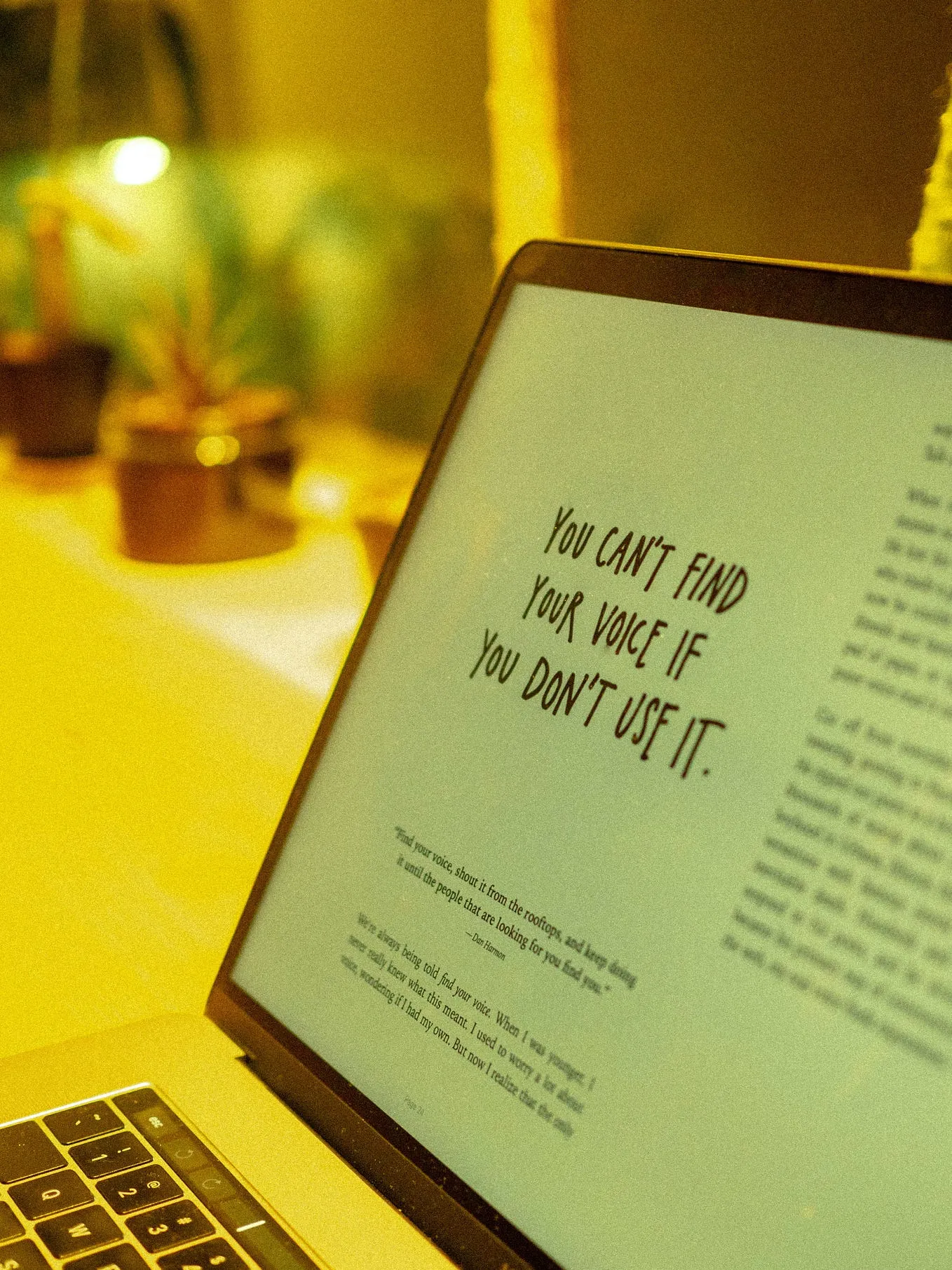
A well-structured poetry cover letter includes several key components. Each section contributes to the overall impact and effectiveness of your submission. Failing to include any of these key components will likely result in the editor to dismiss your submission package. The essential parts are designed to inform the editor, make a connection and to get your foot in the door for consideration. These components guide you in writing a compelling cover letter. They also ensure that you present yourself professionally and strategically. Make sure you follow these guidelines.
Your Contact Information
Begin with your contact information. Include your full name, mailing address, email address, and phone number. Place this information at the top left or right of the page. This is for the editor to easily contact you if needed. Ensuring that your contact details are readily accessible shows professionalism. It also facilitates communication regarding your submission. It simplifies the editor’s task of contacting you. This is a standard practice in professional correspondence and is essential for all submissions.
The Date
Below your contact information, add the date of your submission. This helps the editor keep track of when the submission was received. It also provides a reference point for any future communication. Formatting the date correctly is a simple step. It adds to the overall professional appearance of your cover letter. Use a standard format, such as Month Day, Year (e.g., May 23, 2024). This ensures clarity and consistency, making it easier for the recipient to process the information quickly.
Editor’s Name and Publication
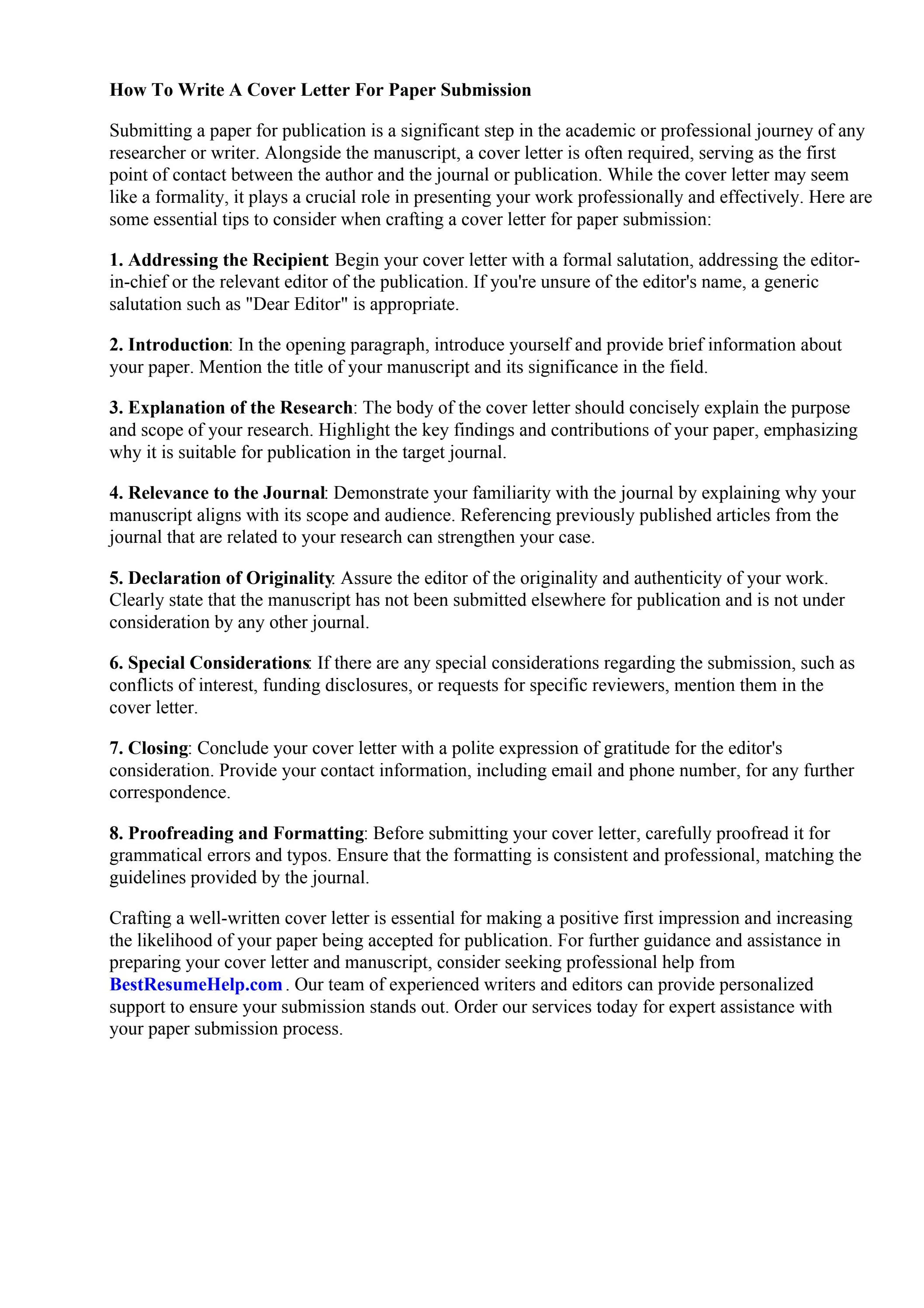
Next, include the editor’s name and the name of the publication. If you know the specific editor’s name, address your letter to them directly. This personal touch demonstrates that you have done your research. If the editor’s name is unavailable, use a general title like ‘Dear Poetry Editor’. Following this step is crucial to show you know whom you are addressing. This shows your attentiveness and your understanding of the publication’s editorial structure. This ensures that your letter is directed to the right person and increases the likelihood of it being read.
The Greeting
Start your letter with a professional greeting. If you know the editor’s name, use ‘Dear Mr./Ms./Mx. [Last Name]’. If you don’t, use a general greeting like ‘Dear Poetry Editor’ or ‘To the Editor’. This sets a respectful tone for the rest of your letter. Maintain a balance between formality and approachability. The greeting is the first impression you make on the editor. It’s a small detail that contributes to the overall professional presentation of your submission.
Introduce Yourself and Your Poetry
In the first paragraph, introduce yourself and the poems you are submitting. Briefly mention the titles of your poems. State the genre of your work. This provides the initial context for the editor. You can also include a sentence or two about your writing background. Keep this section concise and engaging. Your goal is to pique the editor’s interest. Avoid overly elaborate or self-aggrandizing language. Focus on presenting your work clearly and professionally.
Highlight Relevant Experience

If you have any relevant experience, such as previous publications, awards, or workshops attended, mention them here. This helps establish your credibility as a poet. This section should be brief, but it should be specific. Avoid listing every achievement. Instead, focus on the ones most relevant to the publication. If you’re a new writer, this section can be short, or you can skip it entirely. Focus on the quality of your work. Present your background as a sign of your writing abilities.
Mention Previous Publications
If you have been previously published, this is the place to mention it. List any magazines, journals, or anthologies where your work has appeared. This strengthens your credibility. It demonstrates that your work has been vetted by other publications. List the publications concisely. Include the titles and the publication names. Avoid overwhelming the editor with extensive lists. Instead, focus on your most significant and recent publications. This demonstrates that you are a serious writer.
Include a Brief Poem Summary
Provide a very brief summary of your poem if appropriate. This is not always necessary, but it can be helpful. It is more useful for longer or complex poems. It offers a quick understanding of the poem’s theme or subject matter. Keep the summary concise, no more than two or three sentences. Avoid giving away the entire poem. Instead, offer a glimpse into its essence. This can encourage the editor to read your work with greater interest. A well-crafted summary captures the attention of the reader.
Showcase Your Understanding of the Publication
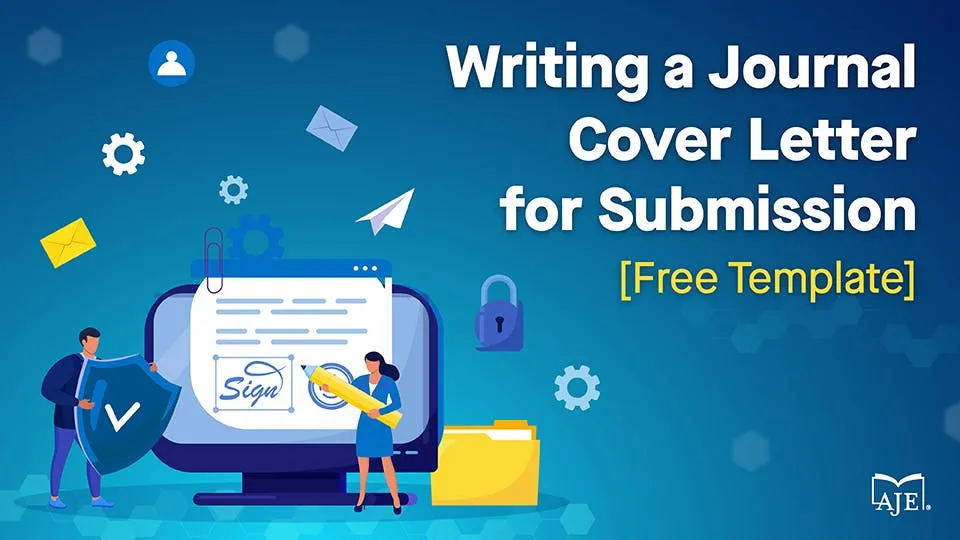
Demonstrate that you have researched the publication. Mention something you admire about it. This shows that you didn’t just submit your work to any journal. Instead, you chose this publication specifically. It also shows that you understand its aesthetic. Mention a specific poem, issue, or author that resonated with you. This indicates that you value the publication. This also increases your chances of acceptance. Tailor your cover letter to each publication. Personalize your letter to show you are invested in their literary mission.
Express Your Enthusiasm
Conclude your cover letter with a statement of enthusiasm. Express your eagerness to have your work considered for publication. Thank the editor for their time and consideration. This adds a positive and professional touch to your letter. Reiterate your interest in the publication. The final impression is just as important as the first. This leaves the editor with a positive impression. It encourages them to consider your submission favorably.
Formatting Your Submission
Follow the publication’s specific formatting guidelines. These can usually be found on the journal’s website. This includes the preferred font, margins, and line spacing. If the guidelines state a certain format, adhere to them. This shows you pay attention to detail and respect the publication’s requirements. Failure to follow these guidelines can result in immediate rejection. Always format your work properly. This shows that you respect the editor’s time.
Closing Your Cover Letter
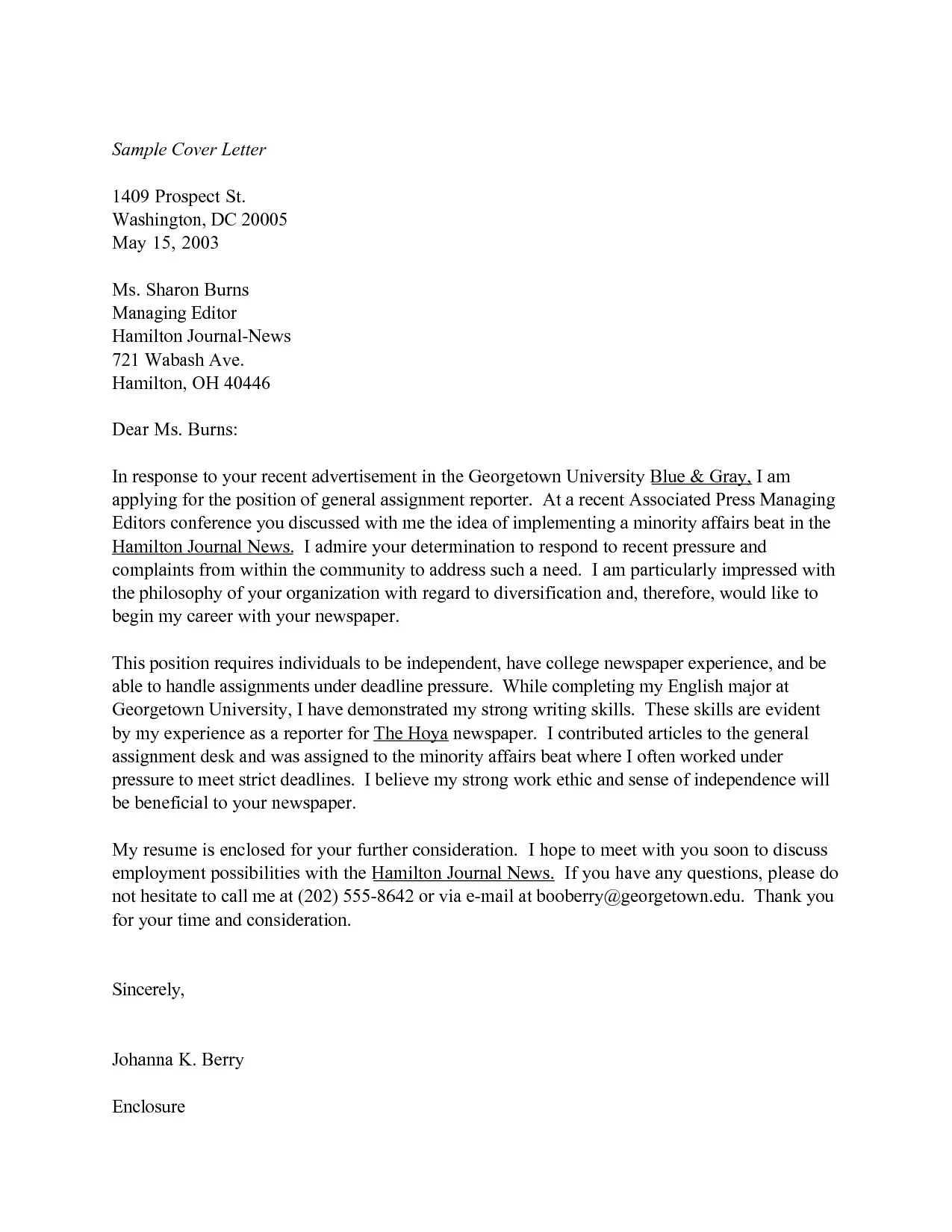
End your cover letter with a professional closing. Use a formal closing like ‘Sincerely’, ‘Yours truly’, or ‘Best regards’. Leave space for your signature. If you are submitting a digital copy, type your name below the closing. It is important to end on a formal note. It is a way to show your respect to the editor. This is the final opportunity to make a good impression. It is a subtle indicator of your attention to detail.
Proofread and Edit Your Cover Letter
Before submitting your cover letter, thoroughly proofread and edit it. Check for any grammatical errors, typos, or inconsistencies. Ask a friend or fellow writer to review your letter. A polished cover letter is essential. It showcases your professionalism. Any mistakes can undermine your credibility. Ensure that your writing is clear and concise. Make sure it reflects your best work. A well-edited cover letter demonstrates that you care about your work.
Final Checklist before Submission
Before submitting your work, go through a final checklist. Make sure that your contact information is current. Also, make sure you have included the correct submission date. Check that you’ve addressed the editor correctly. Ensure you have tailored your letter to the specific publication. Check your spelling and grammar. Ensure you’ve followed the publication’s formatting guidelines. Always review your final draft. Submitting a perfect cover letter is essential. This increases your chances of publication.
Writing a strong cover letter is critical for poetry submissions. It’s your chance to show editors who you are. Following these steps increases your chances of getting published. With practice and attention to detail, you can create compelling cover letters that highlight your work. Remember, the goal is to make a positive impression. A cover letter opens doors and helps editors see the value in your poems. Your poetry has to stand out and the cover letter is one of the most powerful tools you have at your disposal.
